
1001 Nights of War in Ukraine: Thousands Killed, Drone Terror, Winter Increases Needs

- Europe and Arabs
- Sunday , 17 November 2024 6:47 AM GMT
Kyiv: Europe and Arabs
More than a thousand days since the Russian invasion of Ukraine, thousands of civilians have been killed and Ukraine's energy capabilities are on the verge of collapse, while drones terrorize communities on the front lines. This is how Matthias Schmale, the UN Humanitarian Coordinator in Ukraine, described the situation after more than two and a half years of war.
Schmale was speaking at a press conference at the UN headquarters in Geneva, where he said: "As we approach winter and the 1,000th day of the Russian Federation's full-scale invasion in 2022, we think of more than 12,000 people killed. Civilian infrastructure has been destroyed, with more than 2,000 attacks on health care facilities and two million homes damaged." According to the UN daily news bulletin,
Nearly four out of ten people in Ukraine need humanitarian assistance, but one of the most pressing concerns is people living in high-rise buildings who are facing a cold winter for the third time in a row, due to "systematic attacks" on energy infrastructure.
Living without heat
“I was told that 65% of Ukraine’s energy production capacity has been destroyed so far,” said Schmale. Where possible, UN aid teams and partners are providing solid fuel and warm clothing to vulnerable communities, but the situation is even more critical for the vast number of people living in apartment buildings.
Schmale spoke of the difficulty of getting large quantities of solid fuel into a high-rise building, and said that collective shelters in cities and towns that provide warm meals, showers and hot drinks are a welcome effort, but “not enough”.
He said one of his biggest concerns is whether Russian forces will target the energy sector again, as the weather turns bitterly cold.
Risk of mass displacement looms
“This could be a tipping point that will force more people into mass displacement inside and outside the country,” Schmale said. “So it’s not just about technical solutions, it’s about getting the international community to do its part to stop this war.”
To date, the UN, national and international NGOs and volunteer organizations have reached 7.2 million people in Ukraine with at least one type of aid, thanks to $1.8 billion received for the humanitarian response.
To prepare for winter and meet the emergency needs of 1.8 million people through March by delivering solid fuel, keeping water systems running and providing cash relief, the UN and partners need $500 million.
But the situation is dire on the front lines for communities and aid workers, with nine killed in the line of duty this year, and humanitarian facilities damaged.
Drone terror
The UN official said that many people told him during his visits that they felt civilians, civilian infrastructure and civil society were increasingly targeted by drone attacks. He cited testimonies of people who described being pursued by drones, saying: “The drone attacks are horrific, I don’t need to describe it to you. Some of it is also psychological terror, because you never know, are they going to strike or are they just watching?” Asked at the press conference how he assessed how the new US administration might work to alleviate the suffering in Ukraine, Schmale highlighted the Secretary-General’s call for continued substantial humanitarian support from the United States. “They have been our single biggest supporter so far,” he said. “The hope is that they will understand, as the current administration has, that there are huge humanitarian needs that need to continue to be addressed.”


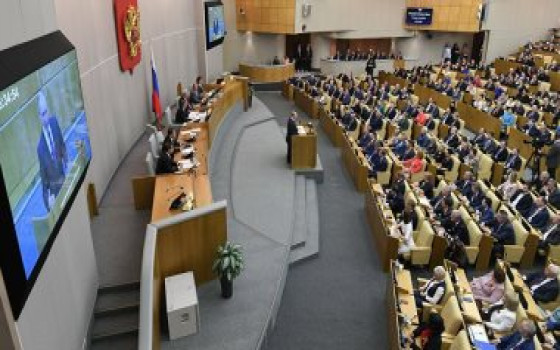

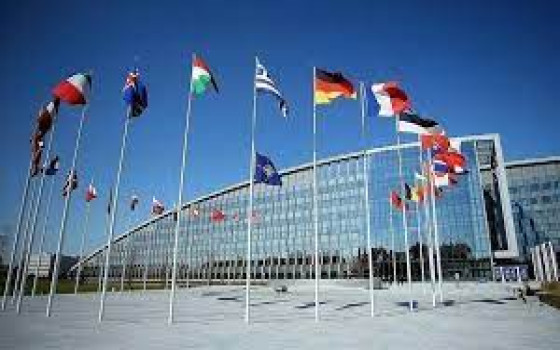
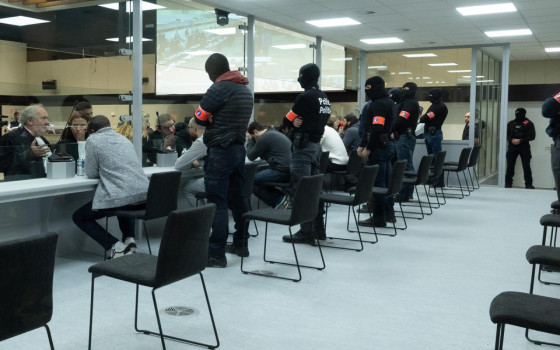
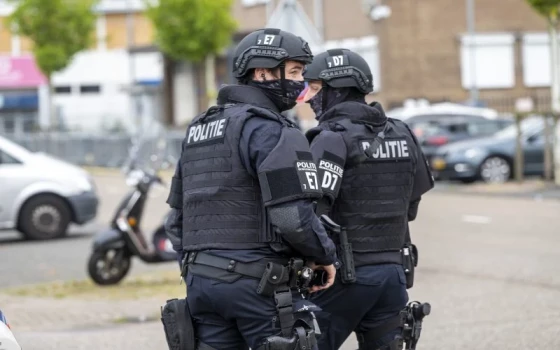
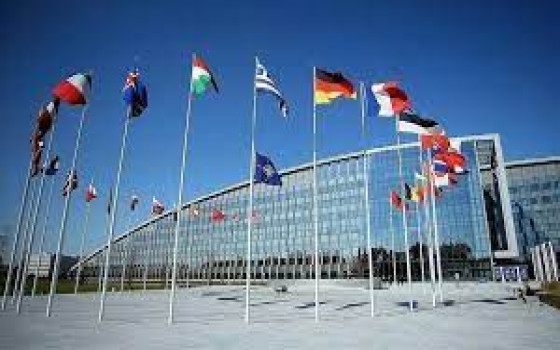

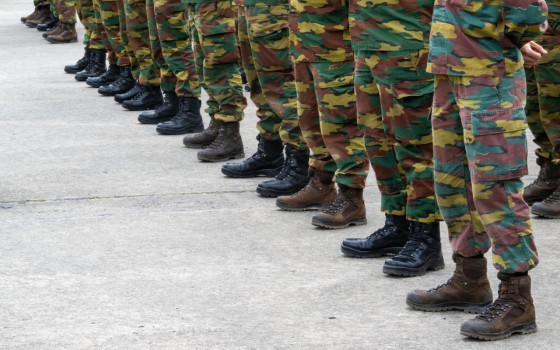

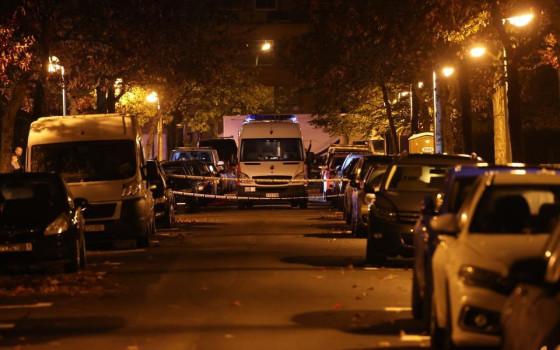
No Comments Found